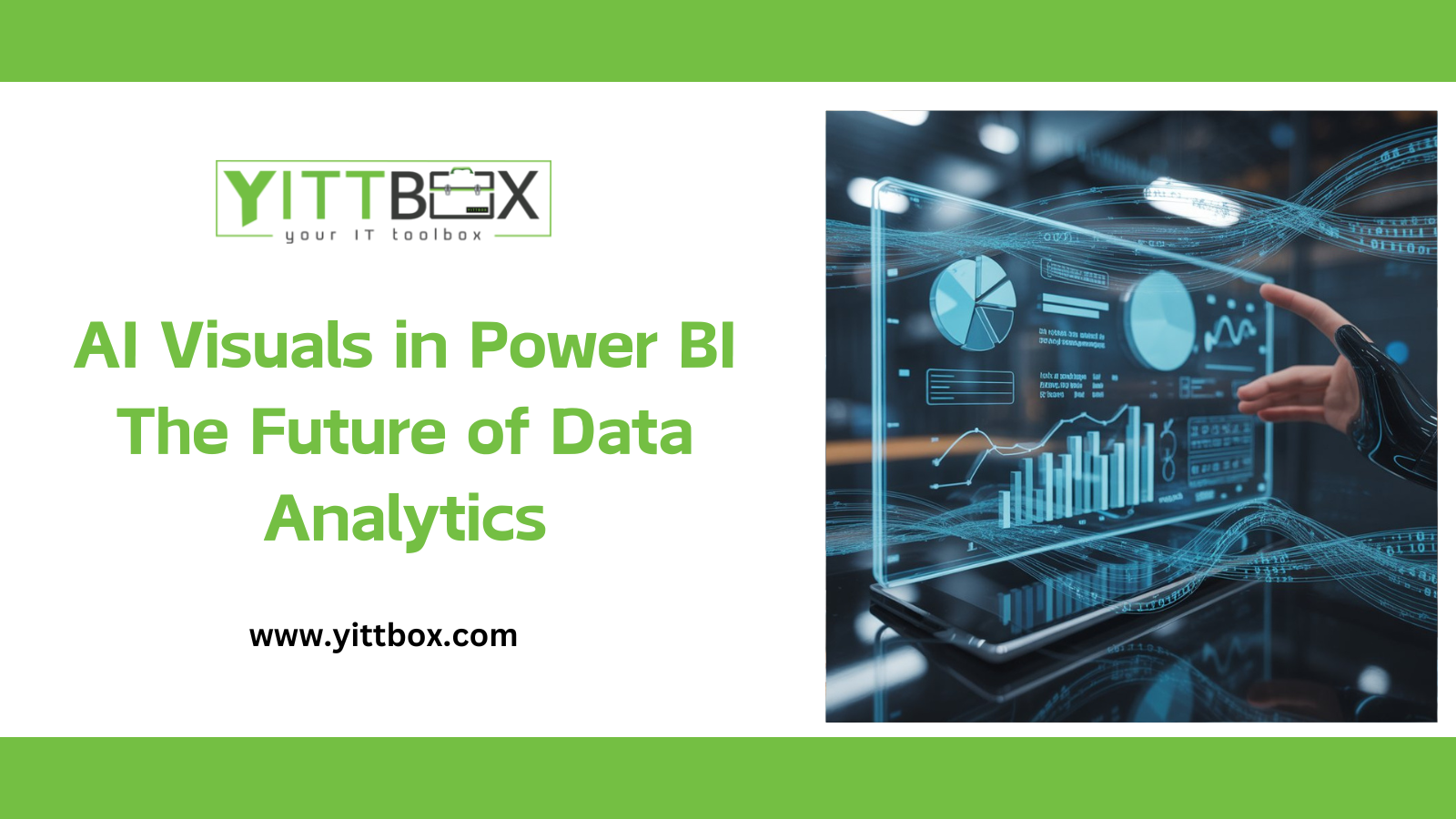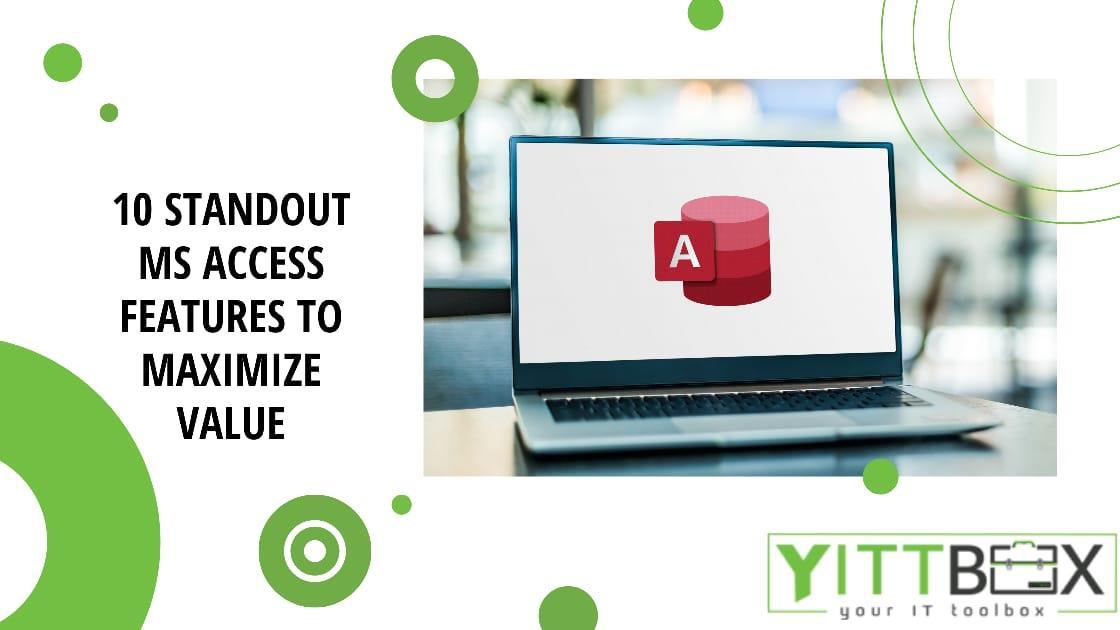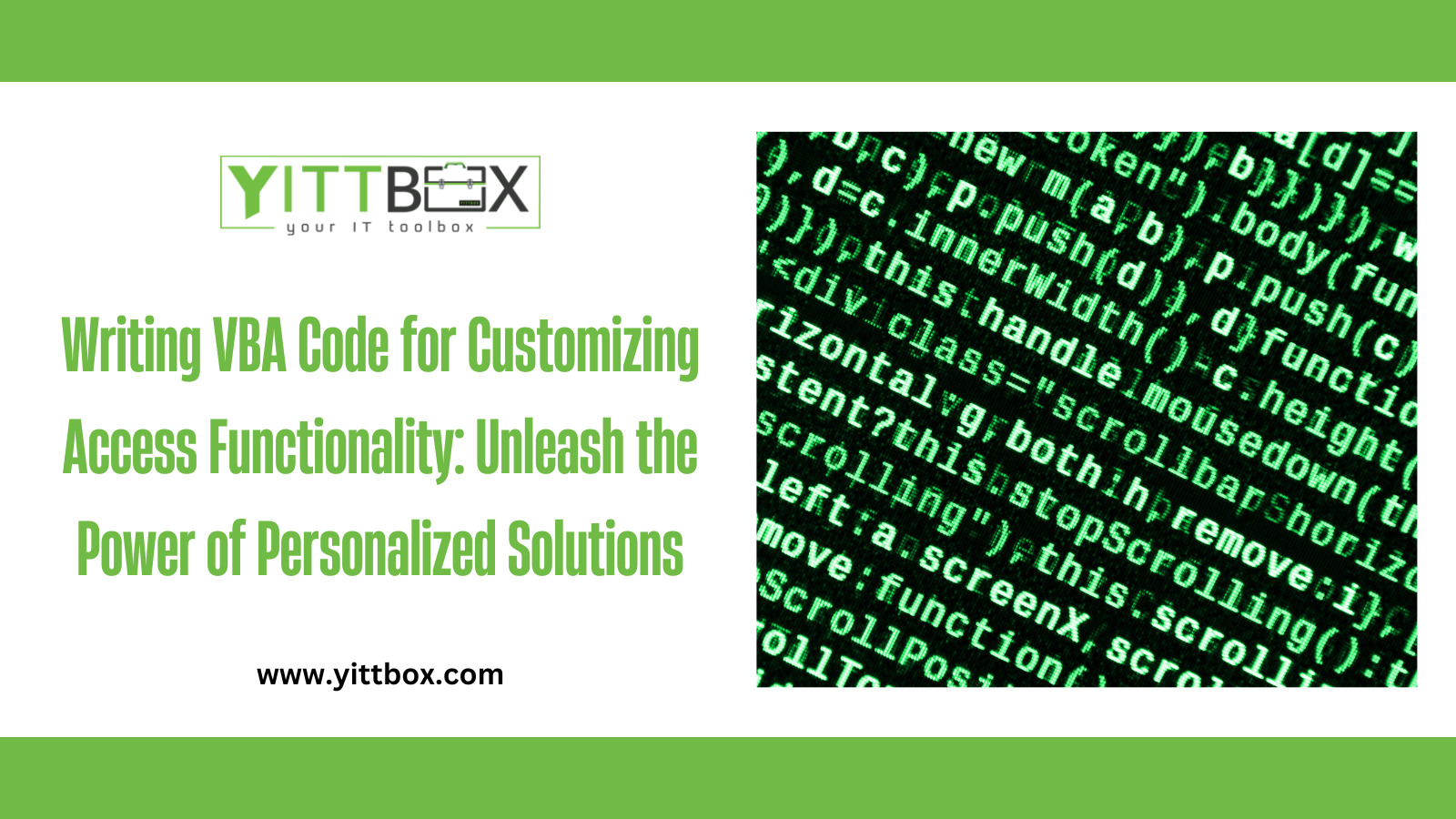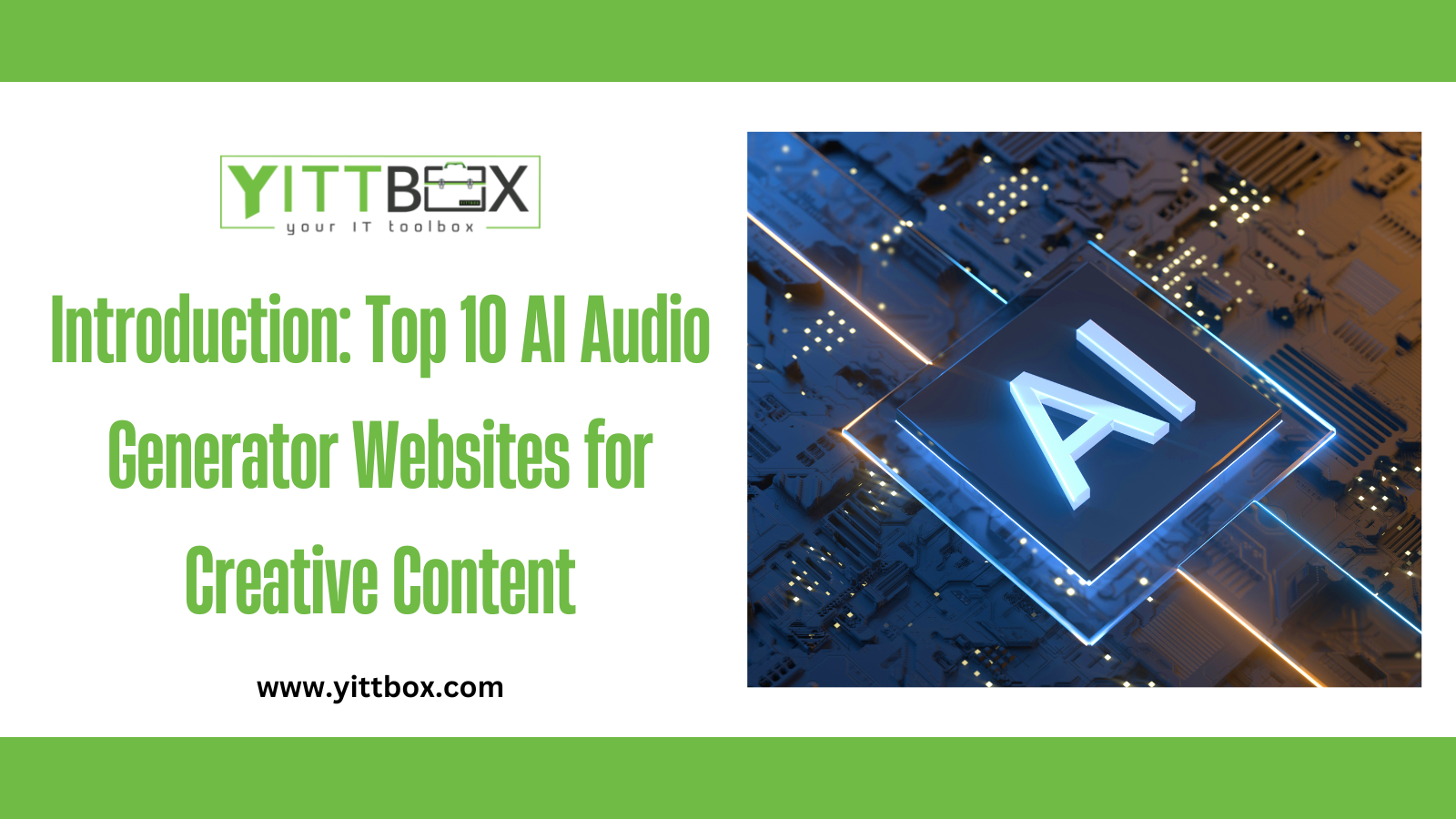AI Visuals in Power BI The Future of Data Analytics
Data has become the heartbeat of modern business, but understanding it isn’t always easy. Between endless spreadsheets and dashboards, it’s easy to miss what really matters. That’s where Power BI’s AI visuals step in. They’re not just about showing data, they help you understand it, automatically finding patterns, predicting trends, and giving you clear, actionable insights. Whether you’re a manager, analyst, or business owner, these tools make analytics feel natural, not technical.
The Rise of AI in Power BI
Power BI’s AI visuals are changing how people interact with data. Instead of needing deep analytics skills, users can now ask questions in plain English, find the key factors behind performance, and visualize complex relationships in seconds. Tools like Key Influencers, Decomposition Tree, and Q&A Visuals make data exploration conversational and smart, turning what used to be hours of analysis into a few intuitive clicks.
Key Influencers: Know What Drives Your Results
Have you ever wondered why your numbers look the way they do? The Key Influencers visual answers that instantly. It analyzes your data and shows the top factors influencing any outcome, like what’s driving your sales up or what’s causing churn. For example, you might discover that sales spike in certain regions or drop for a specific product type. Instead of guessing, you can focus on what truly moves the needle.
Decomposition Tree: Explore Deeper Without Effort
The Decomposition Tree is like an x-ray for your data. You can start with one main metric, like total revenue, and break it down step by step by region, product, or even individual salesperson. Each click reveals the next layer of insight. It’s dynamic, interactive, and built for decision-makers who want to drill into details without creating multiple reports.
Q&A Visual: Talk to Your Data
One of the most exciting AI visuals in Power BI is the Q&A Visual. It lets you simply ask your data questions just like you’d ask a colleague. Type “Top 5 products by revenue this quarter,” and Power BI instantly creates a chart with your answer. No formulas, no coding, no waiting. It’s like having your own data analyst inside Power BI.
Smarter Data Prep with AI
AI in Power BI isn’t just about visuals, it also works behind the scenes. With tools like AI Insights and integration with Azure Machine Learning, you can clean, transform, and predict data outcomes with minimal effort. These tools detect trends, fill gaps, and even forecast results automatically. That means you spend less time preparing data and more time using it to make decisions that matter.
Real Business Impact
The impact of these AI visuals is clear. Marketing teams use them to discover what boosts engagement. Financial departments catch irregularities before they turn into costly mistakes. Operations teams spot real-time performance issues and fix them on the go. The result? Faster insights, smarter strategies, and more confident decision-making across every department.
Tips to Maximize Power BI’s AI Potential
-
Start with clean data. Even AI needs a solid foundation to perform well.
-
Experiment with different visuals. Try Key Influencers, Q&A, and Decomposition Tree on the same dataset to get new perspectives.
-
Combine AI with human intuition. Power BI can show you what’s happening, but only you know why it matters.
-
Automate repetitive analysis. Use AI to handle data prep so your team can focus on strategic decisions.
Conclusion
Power BI’s AI visuals are not just the future of analytics, they’re the present. They make data analysis accessible, intuitive, and insightful for everyone. From understanding what drives your business to predicting what comes next, these tools bring clarity where there was once complexity. The future of data analytics isn’t just about collecting numbers, it’s about letting AI help you make sense of them.







